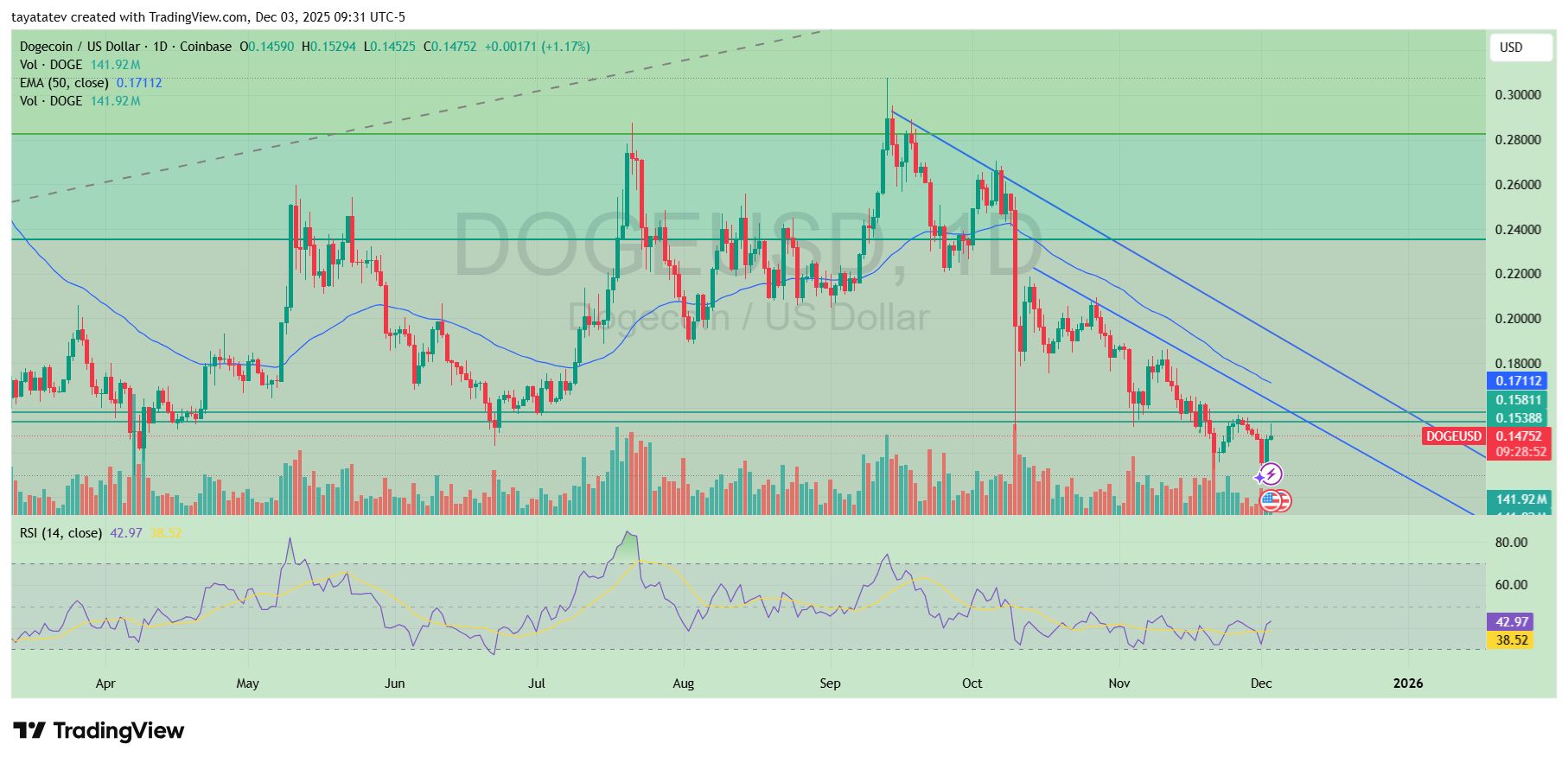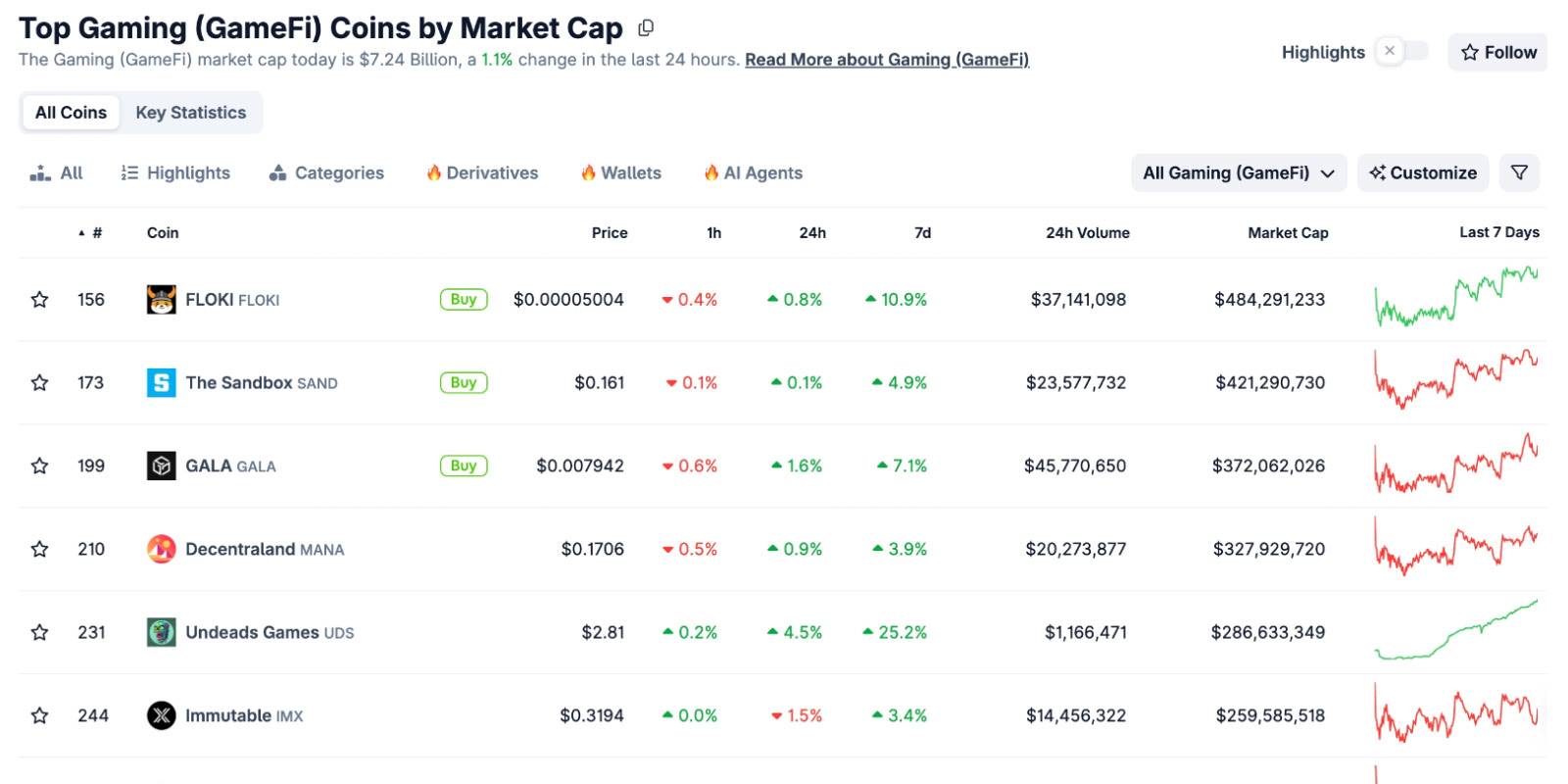Celebrity-Backed Memecoins: A Systemic Threat to Retail Investors
- Celebrity-backed memecoins prioritize insider gains over public value, creating volatile markets with liquidity traps and artificial price collapses. - Tokens like YZY (70-94% insider allocation) and TRUMP (80% insider control) exemplify centralized tokenomics enabling rapid price manipulation and wealth concentration. - Regulatory ambiguity allows enforcement gaps, as seen in Kim Kardashian's $1.26M fine for undisclosed promotion, while self-paired liquidity pools facilitate insider exploitation. - Acad
The rise of celebrity-backed memecoins has transformed the crypto landscape into a theater of speculative frenzy, where star power and social media clout often eclipse fundamentals. Tokens like YZY (linked to Kanye West) and TRUMP (tied to Donald Trump) exemplify a structural design that prioritizes insider gains over public value, creating a volatile ecosystem rife with market manipulation and wealth concentration [1]. These projects, fueled by influencer-driven hype, frequently allocate the majority of their token supply to celebrities or affiliated entities, leaving retail investors exposed to liquidity traps and artificial price collapses.
Centralized Tokenomics and Insider Exploitation
The structural risks of celebrity-backed memecoins are rooted in their token distribution models. For instance, YZY allocated 70–94% of its supply to insiders, with a single wallet controlling 87% of the volume. This extreme centralization enabled developers to manipulate liquidity pools and orchestrate an 80% price collapse within hours of the token’s launch [1]. Similarly, the TRUMP token, with 80% of its supply held by insiders, became a case study in how political influence can be weaponized to drive speculative demand while masking underlying vulnerabilities [3].
Such projects often employ self-paired liquidity pools—where the token is paired with itself—to facilitate price manipulation. This tactic, reminiscent of failed tokens like LIBRA, allows insiders to exploit transaction fees and execute front-running strategies, siphoning profits from unsuspecting retail traders [1]. Academic analysis reveals that 82.6% of high-return meme coins exhibit signs of wash trading and liquidity pool-based price inflation (LPI), further compounding risks for investors [1].
Regulatory Gaps and Enforcement Challenges
While the SEC clarified in 2025 that meme coins are not securities, it emphasized that fraudulent practices—such as pump-and-dump schemes and insider trading—remain subject to enforcement [3]. This regulatory ambiguity has created a vacuum where agencies like the CFTC and FTC may step in to address manipulation, but oversight remains fragmented. For example, Kim Kardashian was fined $1.26 million for promoting EthereumMax without disclosing compensation, underscoring the SEC’s focus on transparency [1].
Despite these efforts, celebrity endorsements continue to drive speculative interest, often masking coordinated insider activity. Tokens like $MOTHER (Iggy Azalea) and $JENNER (Caitlyn Jenner) briefly reached multimillion-dollar market caps but collapsed by 87% and 90%, respectively, as insiders offloaded their holdings [4]. These patterns highlight a systemic issue: celebrity-backed memecoins are engineered to concentrate wealth among early participants while retail investors bear the brunt of volatility.
Investor Strategies for Mitigating Risk
To navigate this landscape, investors must adopt a due diligence framework that prioritizes on-chain transparency and tokenomics scrutiny. Blockchain analytics tools like Birdeye and Whale Alert can help identify red flags such as whale activity and liquidity anomalies [4]. For example, a single wallet controlling 95% of YZY’s supply executed a massive sell-off post-launch, a pattern detectable through on-chain analysis [2].
Investors should also avoid tokens with self-paired liquidity and prioritize projects with community-driven models and limited supply. Academic research underscores the importance of monitoring liquidity metrics and hedging speculative bets with stablecoins to mitigate exposure to flash crashes [1].
Conclusion
Celebrity-backed memecoins represent a high-risk asset class where market manipulation and wealth concentration are structurally embedded. While regulatory bodies continue to grapple with enforcement challenges, investors must remain vigilant. The lessons from YZY, TRUMP , and similar tokens are clear: speculative hype is no substitute for transparency, and due diligence is the only defense against the systemic risks of celebrity-driven crypto projects.
**Source:[1] Celebrity Memecoins and the Hidden Mechanics of Market [2] Risks of Investing in Meme Coins: A Case Study of the $TRUMP Coin [3] Implications of the SEC's Stance That Meme Coins Are Not Securities [4] The Volatile World of Memecoins: Unmasking Market
Disclaimer: The content of this article solely reflects the author's opinion and does not represent the platform in any capacity. This article is not intended to serve as a reference for making investment decisions.
You may also like
Dogecoin Trapped in Falling Channel as 0.158 Dollar Barrier Blocks Path Back to Fibonacci Golden Zone

COC the Game Changer: When Everything in GameFi Becomes "Verifiable", the Era of P2E 3.0 Begins
The article analyzes the development of the GameFi sector from Axie Infinity to Telegram games, pointing out that Play to Earn 1.0 failed due to the collapse of its economic model and trust issues, while Play for Airdrop was short-lived because it could not retain users. COC Game has introduced the VWA mechanism, which verifies key data on-chain in an attempt to address trust issues and build a sustainable economic model. Summary generated by Mars AI. This summary was generated by the Mars AI model, and its accuracy and completeness are still being iteratively updated.

BTC Volatility Weekly Review (November 17 - December 1)
Key metrics (from 4:00 PM HKT on November 17 to 4:00 PM HKT on December 1): BTC/USD: -9.6% (...

When all GameFi tokens have dropped out of the TOP 100, can COC reignite the narrative with a Bitcoin economic model?
On November 27, $COC mining will be launched. The opportunity to mine the first block won't wait for anyone.
